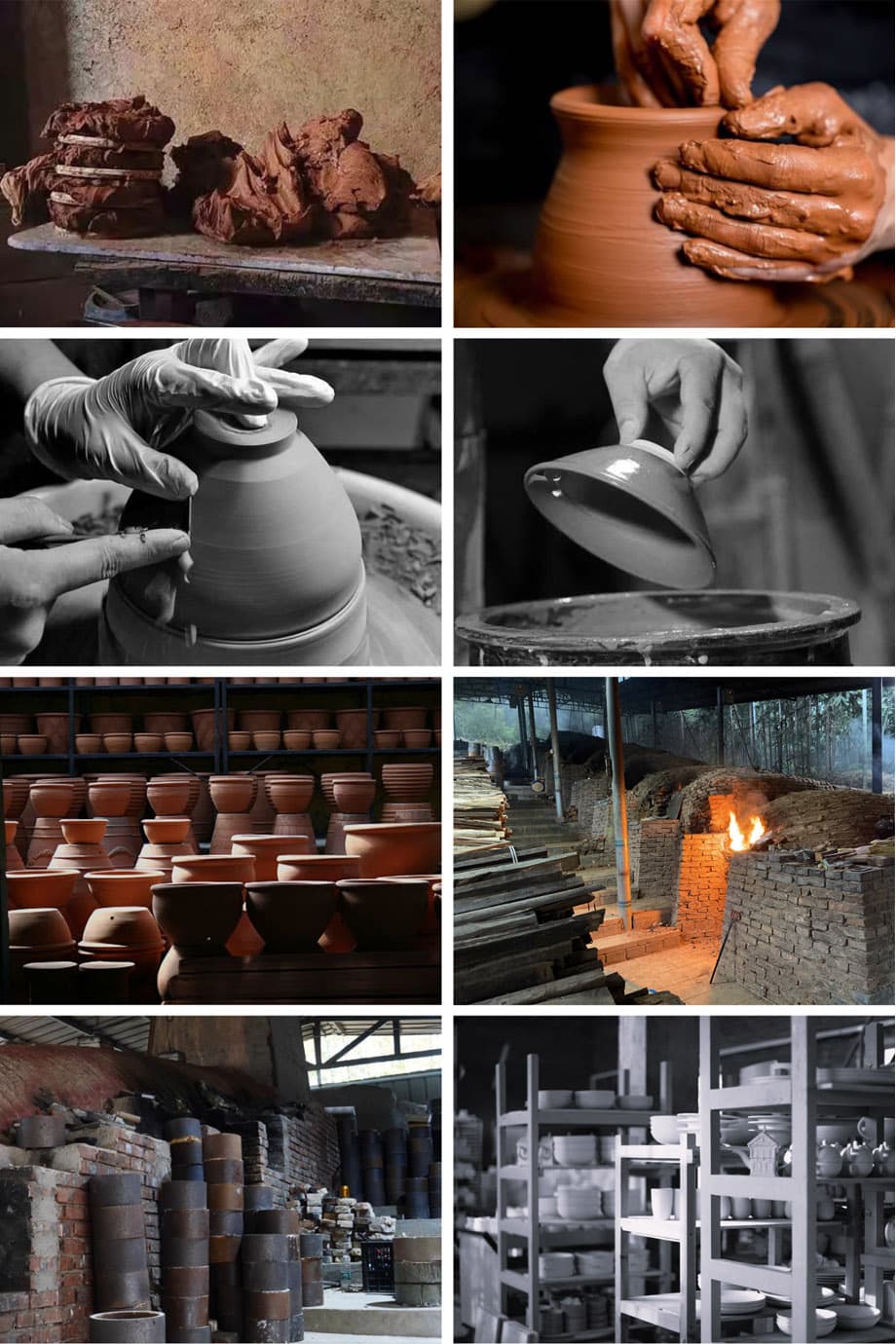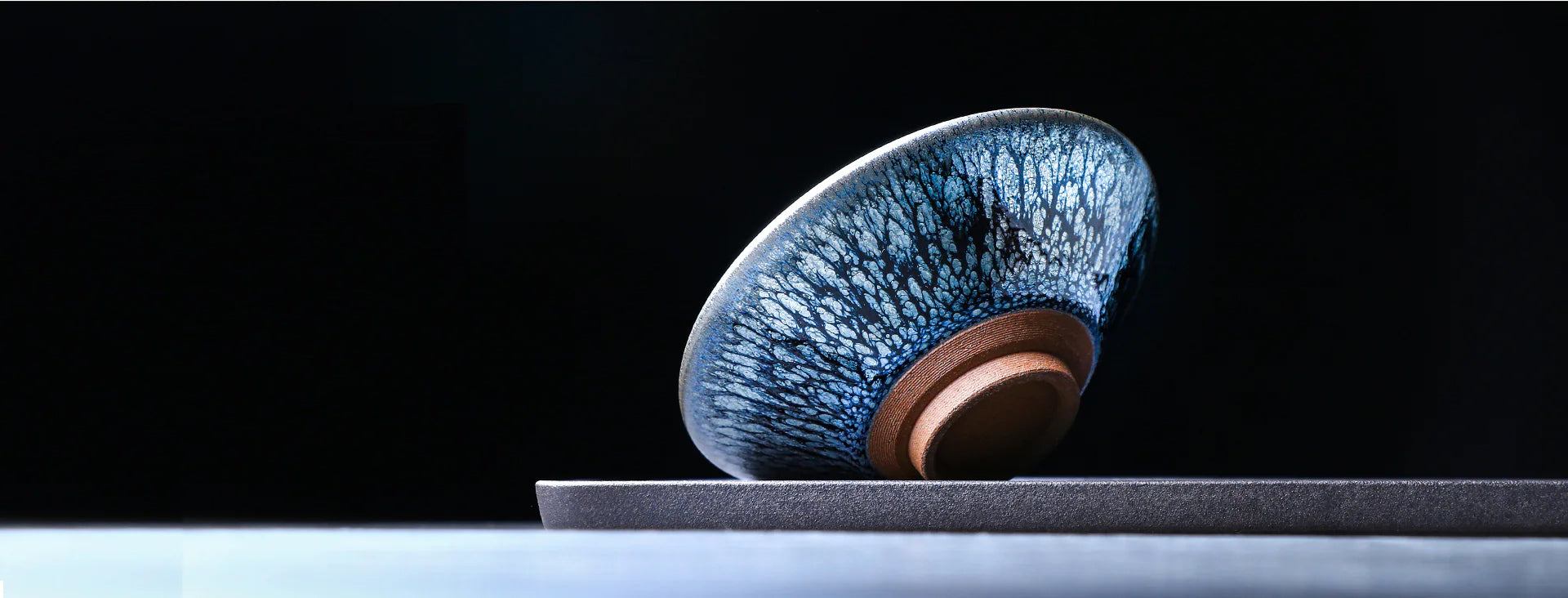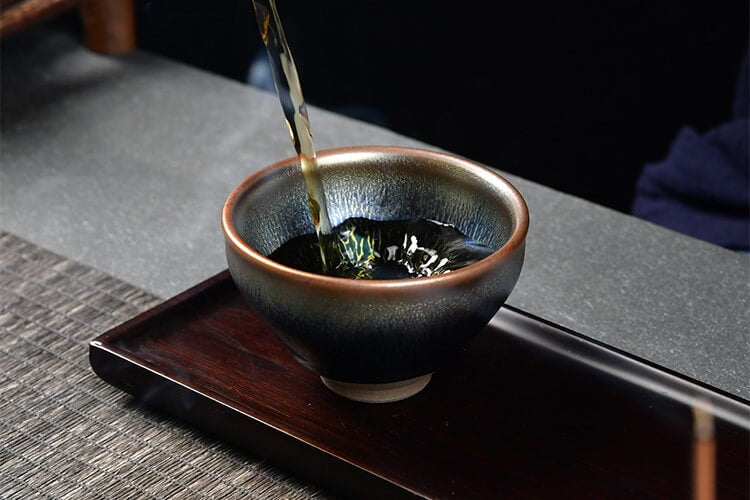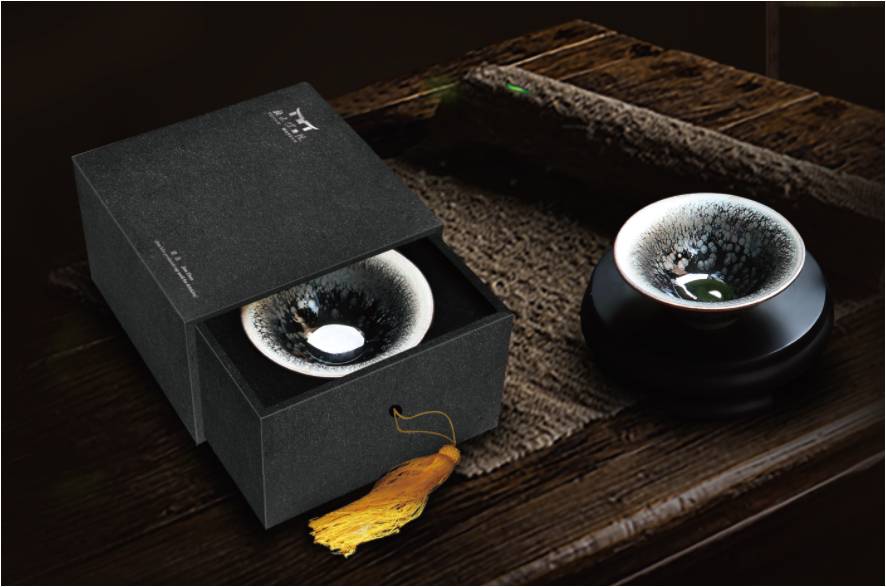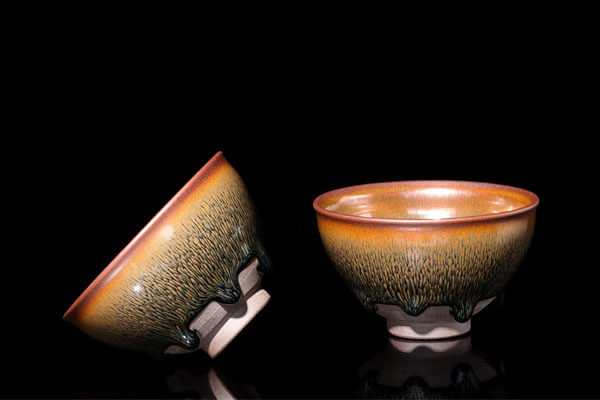2021 Early Spring " An Ji Bai Cha "(AnJi BaiCha - LongJing Processing Method) A++++ Grade Green Tea Zhejiang
- Free shipping worldwide
- Tax and import charges included
- First order 10% Off, Code: TMK2025

* "White Tea" here doesn't means white tea as usual, but a kind of green tea produced in Anji of Zhejiang province.
Tea Name: "An Ji Bai Cha"(Anji BaiCha or AnJi White Tea) processed according to the method on LongJing tea.
Picking: 2021 Year Early Spring.
Grade: A++++ Grade
Taste:
Long and flat tea leaf is quite different from general AiJi BaiCha which is tight thread like needle.
Refreshing aroma. Sweet.
Sweet and varied.
Lingering tea flavor in mouth.
Preserve: Refrigeration.
Shelf Life: 18 months.
Character:
It is named as white tea is because young buds on tea tree are white color. The tea leaf are near straight with some flatness. Green tea leaf with silver white hairs. The head of tea leaf is golden and sharp. The fragrance is high and lingers long. Coming back sweetness and saliva producing are obvious. It has much refreshing taste compare to other green tea or even other kinds of tea, the reason is it contains 18 kinds of amino acid and up to 5-10.6% on ratio which is around 4 times higher than general green tea.Because the tea tree is sensitive to temperature, it can produce tea leaf in just near a month.
Recommendation of brewing water:
Mineral water or filtered tap water.
Temperature is near 90 Celsius and not lower than 85 Celsius. (Too hot like boiling water should be avoided. )
Free shipping
Delivery Time:
Delivery time = Process time + Shipping time
1). Process Time:
Processing Time: 1-3 days
2). Shipping Time:
Standard Shipping: 8-15 business days.
Express Shipping: 5 -7 business days.
Some special countries will take more time. Learn more: Shipping Info.
Our Guarantee:
We accept returns within 30 days of receiving your package.
Learn more about our Return Policy.










